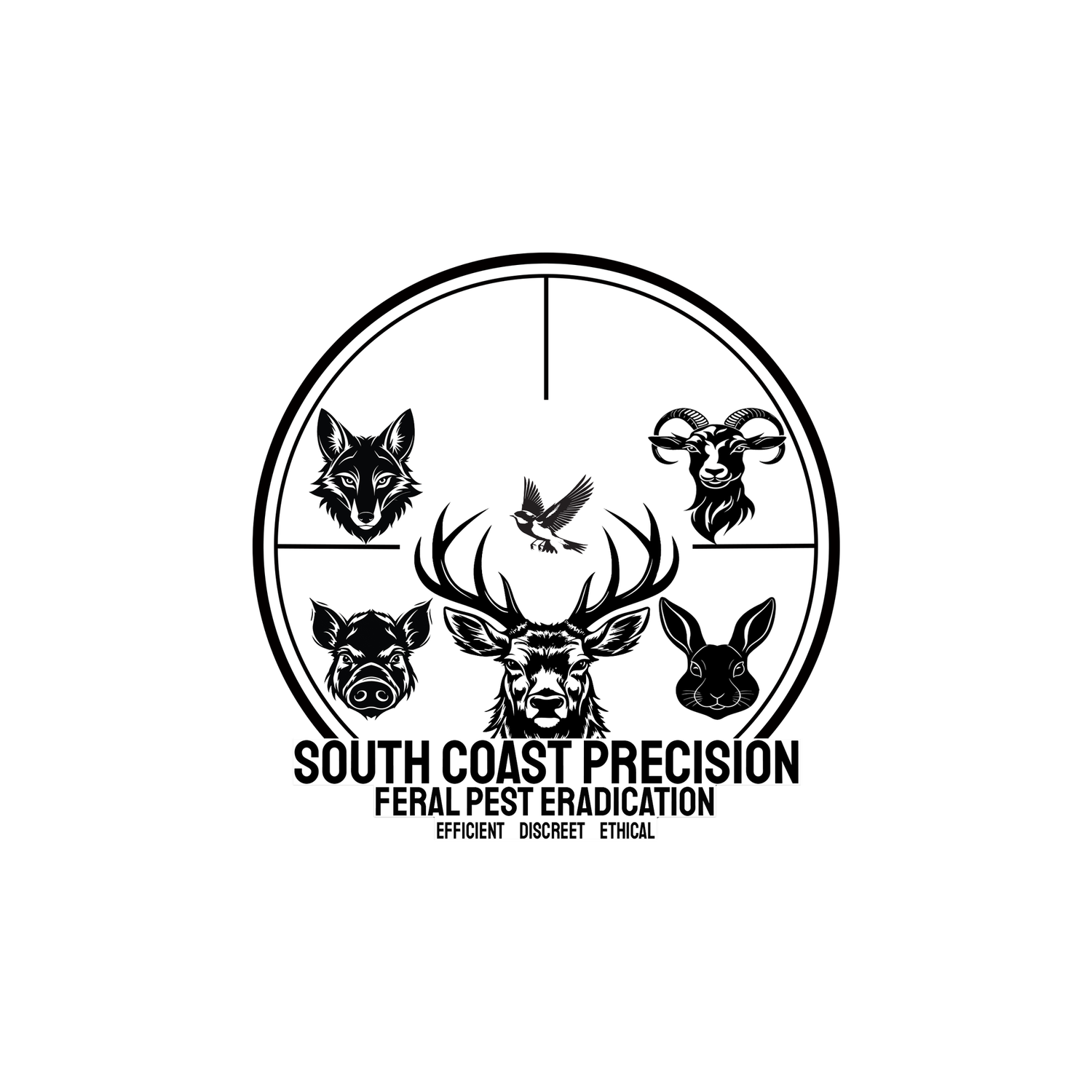
Sambar Deer.
Sambar Deer
Scientific Name: Rusa unicolor
Common Names:
Sambar Deer
Indian Sambar
Ceylon Sambar
History:
Sambar deer (Rusa unicolor) are native to the Indian subcontinent, Southeast Asia, and parts of East Asia, including Sri Lanka and Vietnam. They have been a significant species in Asia for centuries, prized for their meat, hides, and antlers. Historically, sambar deer have played a role in local hunting cultures. Over time, they have been introduced to regions like Australia, where they have adapted to the environment and formed stable populations, especially in Queensland and New South Wales.
Distinctive Characteristics:
Sambar deer are large and muscular. Males (stags) stand 100-120 cm at the shoulder and weigh 200-300 kg, while females (hinds) are smaller, standing around 90 cm and weighing 120-150 kg.
Their coat is coarse and can range from reddish-brown to greyish-brown, darkening in cooler climates. Males have a distinctive thick mane around the neck, adding to their robust appearance.
Males develop large, three-pronged antlers that can grow up to 1 meter long. These antlers are shed annually after the rut and regrow each year.
They possess a short tail, often hidden beneath the rump, and large hooves adapted for navigating dense forest terrain.
Typically dull reddish-brown to greyish-brown, with males featuring a darker, thicker mane around the neck.
Males are significantly larger, with antlers up to 1 meter long. Females are smaller and lack antlers.
The short, inconspicuous tail is often hidden, but its light underside is visible when the deer is startled.
History, Biology, and Behaviour:
Sambar deer are herbivores that feed on grasses, shrubs, leaves, fruits, tree bark, and seasonal crops. During dry seasons, they primarily browse on tree leaves.
The rut occurs from March to May, during which males compete using vocalisations, scent-marking, and physical combat. Gestation lasts about 230 days, and a single calf is born during the monsoon season (June-August).
Antlers grow in spring and summer and are shed after the rut, regrowing annually in larger sizes as the male ages.
Females reach sexual maturity at about 1.5 years, while males mature later, typically around 2-3 years, but do not become dominant breeders until 5 years or older.
Ecological and Agricultural Impact:
Sambar deer are heavy browsers that feed on shrubs, young trees, and herbaceous plants, which can impede vegetation regeneration and alter plant communities
Sambar deer overgrazing can contribute to soil erosion, especially in hilly or mountainous areas, further impacting local ecosystems and water quality.
Sambar deer cause substantial economic losses by damaging crops, including grains, vegetables, Grasses, shrubs, herbs and fruits. The costs of managing their populations through hunting, fencing, and monitoring are also considerable.
Diseases:
Foot-and-Mouth Disease: Sambar deer are susceptible to this viral disease, which affects cloven-hoofed animals.
Tuberculosis (TB): Sambar deer may carry bovine tuberculosis, which can affect livestock and pose risks to agriculture.
Chronic Wasting Disease (CWD): This prion disease affects cervids, causing neurological degeneration. It is less common in sambar deer than in other cervid species.
Control and Management:
Ground-Based Shooting: This method is often used to control sambar deer populations, especially where they pose a threat to agriculture or ecosystems.
Aerial shooting is now often used to control sambar deer populations where humans cannot reach them due to the isolation or terrain of the area where they are located, this has seen an increase in wild dog, fox and pig predation due to carcasses being left to rot.
Hear a Sambar Deer call below!






